By Peter Suciu
While not a major military power today, from the time of the classical age through the Middle Ages, Greece was the center of several major military dynasties. Much of this history can be traced at the Athens War Museum, a comparative secret among European military museums but a hidden gem for the serious student of war and its practioners.
The city of Athens is notable in many ways. Not only is it the capital of the modern state of Greece, but it was also one of the most dominant and powerful of the classical era’s Greek city-states. From its earliest origins through the Roman era, Athens was the home of proud warrior peoples, yet modern residents of the southern Greek city aren’t obsessed by their military prowess. Here the concept of democracy was first born and the first modern Olympic Games were held in 1896. Athens is a fascinating city, where visitors can see the sights of ancient Greece on the Acropolis (the High City), which served as a fortress that helped defend the surrounding area, as well as the latest modern improvements, including the city’s recently completed subway system.
The city is also home to a very fine and little-known military museum. The Athens War Museum is located about a mile from the Acropolis and just blocks from Olympic Stadium, at the junction of Vasilissis Sofias Avenue and Rizari Street in the city’s historic district. Other nearby locations include the presidential palace and the Tomb of the Unknown Soldier. At each of these locations, visitors can see the daily changing of the guards. For the proper historical perspective of Greece through the ages, from its ancient beginnings to the Roman and Byzantine eras, its liberation from the Turks, through two world wars and a bitter civil war, a visit to the Athens War Museum is a must.
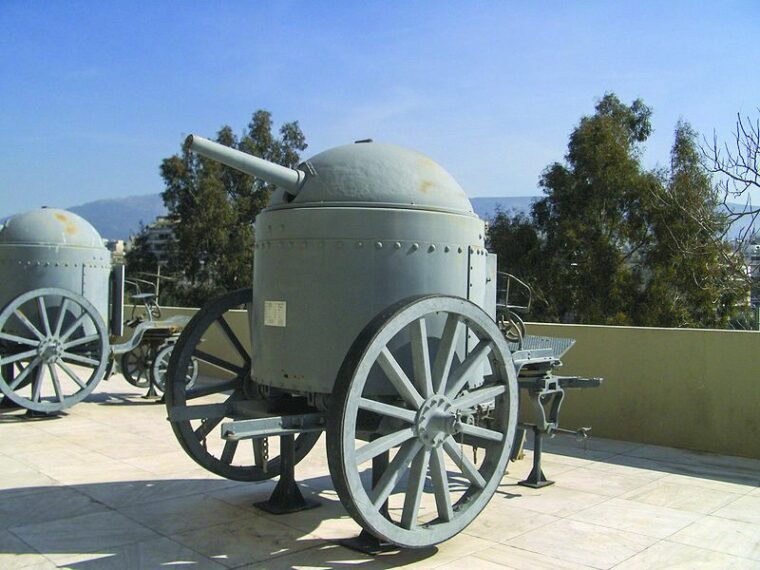
One of the most interesting facts about the Athens War Museum, which is today run by the Greek Ministry of Defense, is that it isn’t really all that old, considering the long and colorful history of Greece. In fact, the museum was established only in 1975. But in fairness, given the struggle for independence from the Turks, numerous Balkan wars, and a bloody civil war, followed by a turbulent period of the Cold War, it is safe to say that the Greeks may have been preoccupied with other things. However, for 35 years the Athens War Museum has remained a comparative secret, even for longtime travelers to Greece. For the military history buff, it is truly a museum beyond compare in southern Europe.
The history of the museum is almost as colorful as the land around it. In 1964, the Greek government sought to build a war museum to honor those who had fought for the country and its freedom. The plot of land the museum now occupies was originally intended for the building of a national art gallery, but it was later claimed as part of a military campus in the interwar years. During General Nikoloas Plastiras’s attempted coup prior to World War II, the campus suffered serious damage, and it was abandoned by the Greek military after the war.
The decision to build an art gallery was revived, but it took nearly 30 years before a museum building was finally completed. Instead of an art gallery, it became the home of a museum devoted to Greece’s military heritage. From the outside, the modern-looking building doesn’t actually look like a traditional military museum—at least not when compared to the more famous Imperial War Museum in London or the Musee de L’Armee in Paris—but as it is surrounded by various 20th-century military vehicles and aircraft, it is easy to recognize the chief purpose of the Athens War Museum. The building itself is not of classical design; it has a more late-modern style to it. The result is a piquant contrast to the city’s ancient past that also provides ample space for a remarkable historical collection.
A team headed by Professor Thoukidides Valentis of the National Technical University of Athens undertook the design, and on July 18, 1975, Greek President Constantine Tsatsos and Minister of National Defense Evangelos Averof-Tositsas oversaw the inauguration of the Athens War Museum and its mission to operate as a place for research, study and education. Today, entry to the museum is free of charge.
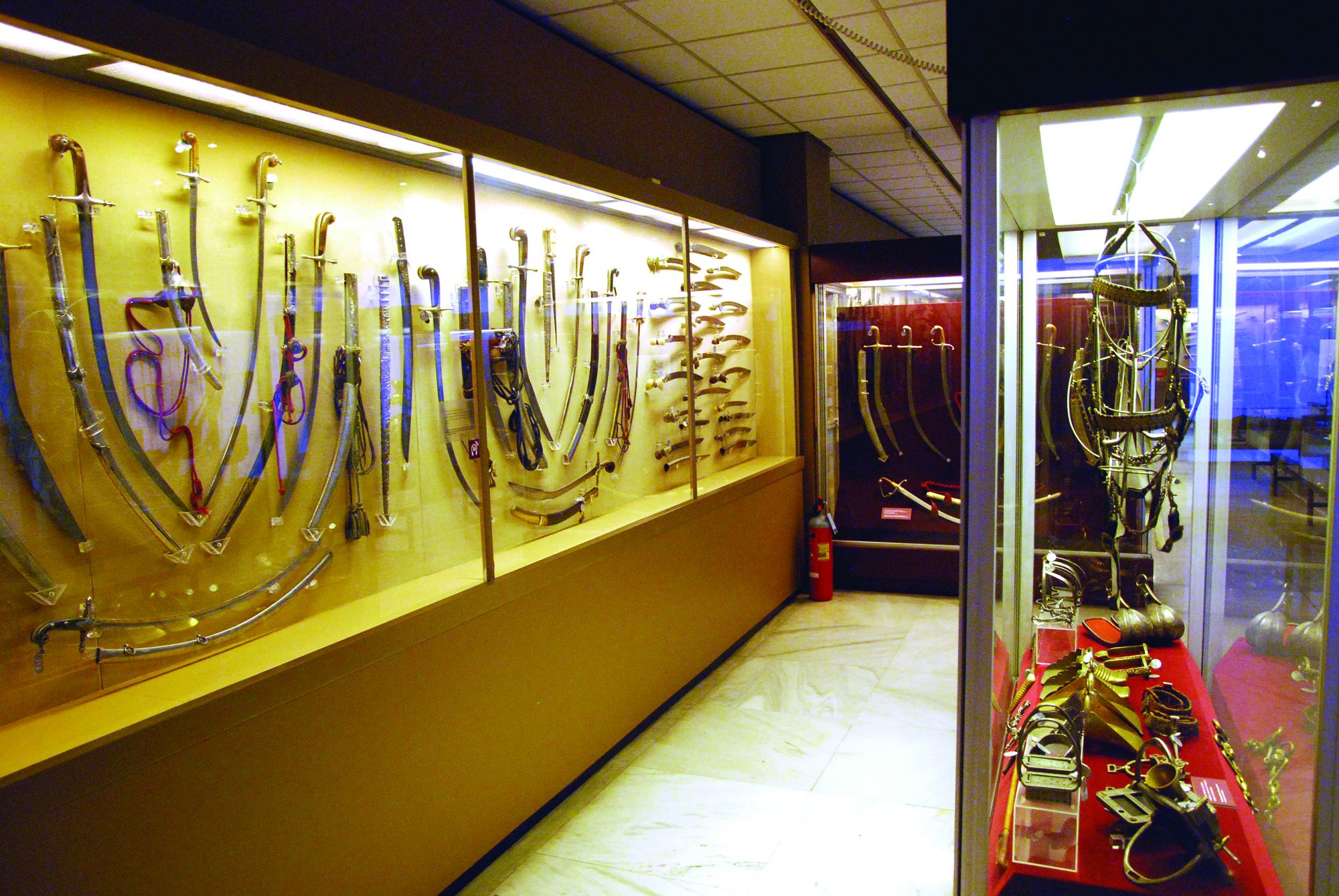
The square building, which features a center courtyard, offers ample light and gives a good sense of space to allow visitors to admire the artifacts without feeling that they are being rushed through a maze or a retail showroom. This makes for a pleasant journey through time.
Most visitors would probably expect to take their museum journey through the years by beginning at the pre-classical era. Instead, the museum’s ground floor features items from modern Greek conflicts, including World War II, the Korean War, and the conflict in Cyprus. To get to the more distant past, visitors must go up a level. There, the museum features 17 linear exhibits that chronicle the history of Greece, from antiquity through the era of Alexander the Great and the Middle Ages. There is an eclectic mix of original pieces, including early Bronze Age Grecian helmets and swords, along with replicas. Many of the latter pieces are quite well crafted, as should be expected from a region that has for centuries been routinely plundered of its historical treasures. Models and illustrations help put into proper context the history and artifacts on display.
The core of the Athens War Museum is found in the exhibits that focus on the National Revolution, the 1821 Greek war of independence, the new Hellenistic state (1821-1911), the Macedonian struggle (1904-1908) and the Balkan wars (1912-1913). The struggle for independence after four centuries of Ottoman occupation is displayed in numerous artifacts, paintings, and sculptures that showcase the battles on land and sea. These provide a narrative of key historical events, which the collection underscores with a wide selection of manuscripts, firearms, scimitars, and other blades showcasing the liberation of the Greek people.
Here, visitors can take in late-19th-century uniforms worn by the Klephts, the formidable mountain bandits and anti-Turk warriors. These people lived in the mountains and maintained the Greek religion and culture from the fall of Athens in 1458 through the 19th century. Most of the bands fought in the Greek war of independence and later became the backbone of the liberation army. The men wore the kilt-like garment known as the fustanella, and one theory is that it evolved from the Roman toga. It is made up of 400 pleats, to commemorate 400 years of Ottoman occupation.
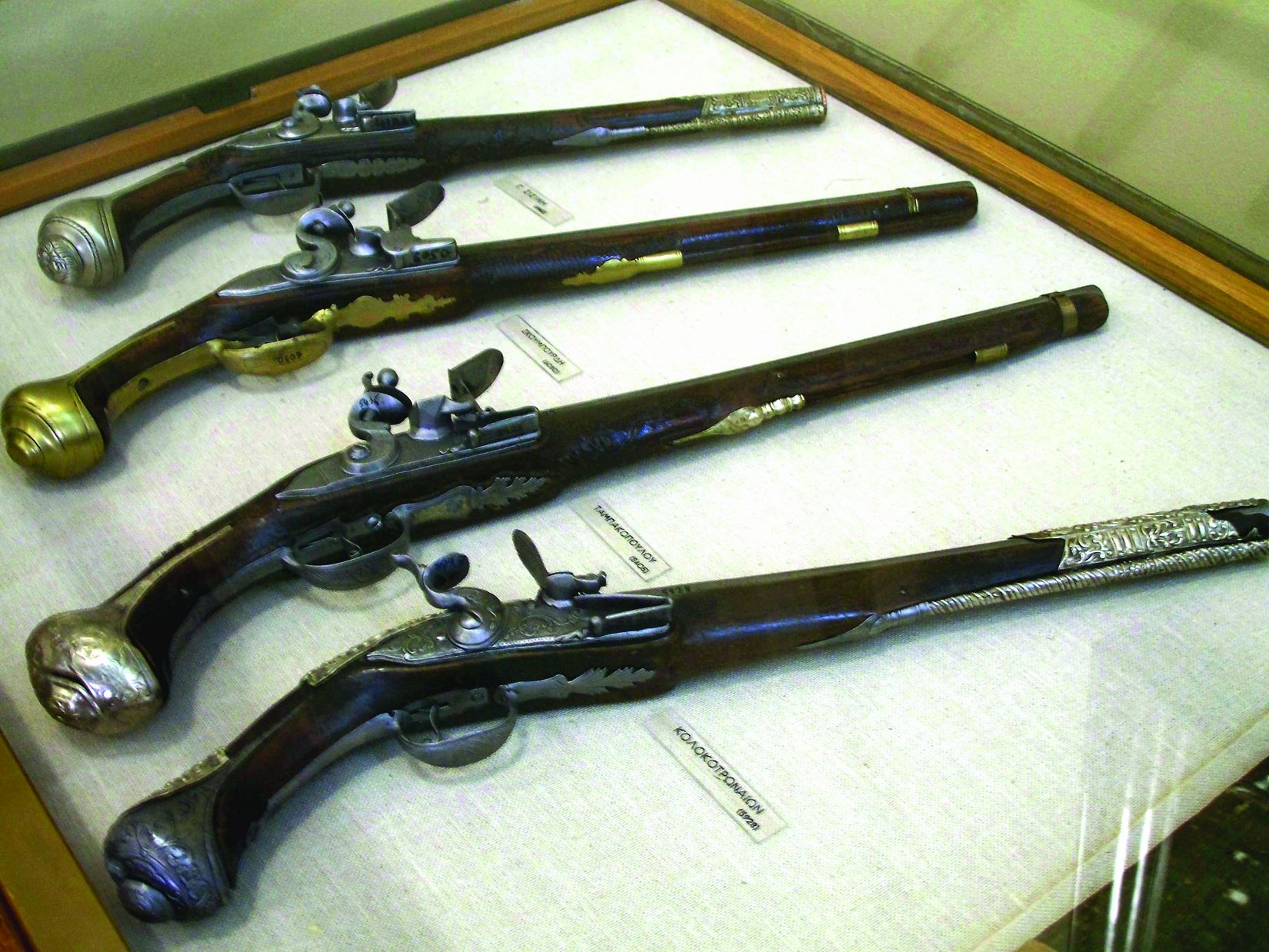
The galleries for World War I, the Asia Minor campaign (1919-1922), the Greek-Italian war (1940-1941), the German invasion, World War II and the occupation-resistance-liberation movement feature some outstanding collections of Greek military uniforms as well as some captured enemy equipment, although some of the German invasion items appear to be postwar replicas. Most impressively, this section of the museum includes a major section devoted to the 1940-1941 war with Italy. This includes an amusing propaganda film of the period that pokes fun at Italian dictator Benito Mussolini and the Italian Army, although it probably won’t appeal to some Italian visitors.
What is especially impressive about the modern galleries is that many of the firearms are actually displayed in roped-off sections instead of being kept completely behind glass. While visitors shouldn’t actually touch any of the items, the ability to see them up close (and in some cases still smell the gun oil) gives viewers a perspective that can’t be experienced at many other military museums. The mix of firearms includes U.S.-made .30-caliber machine guns as well as a Soviet DP-28 light machine gun and a French-made World War I-era Chauchat—possibly the worst machine gun ever made.
Part of the museum’s permanent collection includes maps and prints that depict historic accounts of Greek military history. These include scenes from Greek mythology through the modern day. The museum also houses the P.Z. Saroglas Weaponry Collection, a full gallery on the ground floor that is devoted to military artifacts from around the globe, including firearms from the Greek revolution. This collection includes diverse pieces from far-off lands, including ancient Chinese and medieval Japanese arms and armor. There is an impressive collection of Japanese samurai swords and tsuba (the hand guards from the swords), possibly one of the largest such collections in Europe. The gallery is further filled with ceremonial armor, wheel-lock and flintlock firearms and other notable pieces from the late Middle Ages to the 19th century. Included are 15th-century Persian armor, an Imperial Russian Guard du Corps helmet and breastplate, and a collection of bolt-action rifles from around the world.
Outside the museum is an exhibition area that features a variety of artillery that was used by the Greek military during different historical periods, as well as vehicles and aircraft from the Hellenic Navy and Air Force. Among the notable aircraft are a Bell OH-13S Sioux, a Canadair CL-13 Mk. 2 Sabre, a Farman MF-7, a Lockheed F-104G Starfighter, a North American T-6G Harvard, a Northrop F5A Freedomfighter, and a Republic F-84F Thunderstreak.
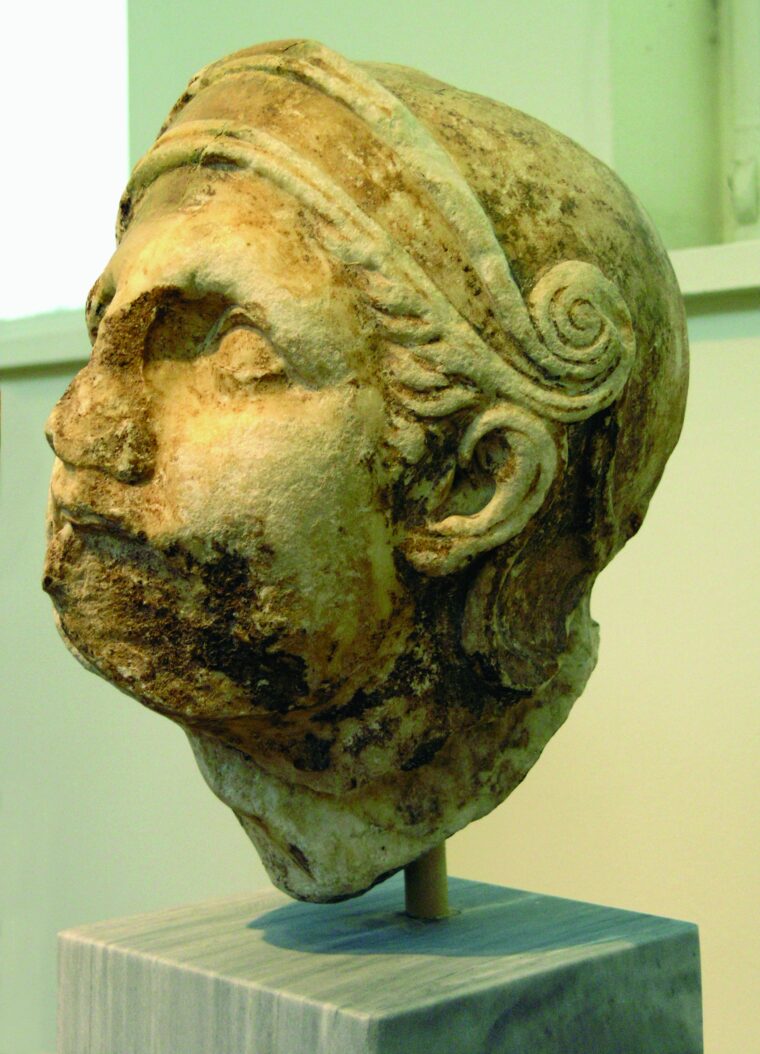
In addition to what is on display, the Athens War Museum features a modern amphitheater for lectures and other programs as well as a conference room and reception area. Fittingly, the museum’s library is the largest in the world on the subject of Greek military history, and it also houses an archive of more than 20,000 photographs on the history of the Greek armed forces.
It is hard to sum up a nation’s entire military history in a single museum. While the Athens branch is the largest in size and permanent collection, the Greek Ministry of Defense currently maintains four other branches—in the cities of Nafplion and Tripolis on the Peloponnese, Chania on the island of Crete, and one in Thessaloniki.
The Nafplion branch of the War Museum is housed in a building that served as nation’s first military academy (1828-1934). It features a large collection of weapons and other historical items that are relevant to the Greek war of independence through the modern day. It is also near the Bourtzi island fortress, the Akronafplia fortress and Palamidi Castle, offering visitors plenty of other historic sites to explore.
North of Athens, in the small Peloponnese city of Tripolis, is the Tripolis branch, which was founded in 2000 and is housed in a building formerly belonging to the Malliaropoulious legacy that was donated to the museum. As the region was at the center of the Greek war of independence, the highlight of this museum is the permanent collection devoted to this conflict as well as the later Balkan wars. The city is also notable as the home of the two largest armed forces boot camps in Greece, one for the Hellenic Army and one for the Hellenic Air Force.
The Chania branch, which was founded in 1995, is housed in a building that dates to the 1870s and later served as an Italian camp during World War II. The permanent collection includes artifacts from various periods in Greek military history with an emphasis on the Battle of Crete and the subsequent German occupation of the island.
The most recent branch is the one in Thessaloniki, which was founded in late 2000. Located in the second-largest city in Greece, the War Museum of Thessaloniki is housed in a building dated to 1902, which was formerly used by the Army’s III Corps. It features a multipurpose hall, along with a library and small amphitheater. It has a permanent collection as well as a special hall for temporary exhibits focusing on various times in Greek history. The official website for the Athens War Museum is: http://www.warmuseum.gr/english.
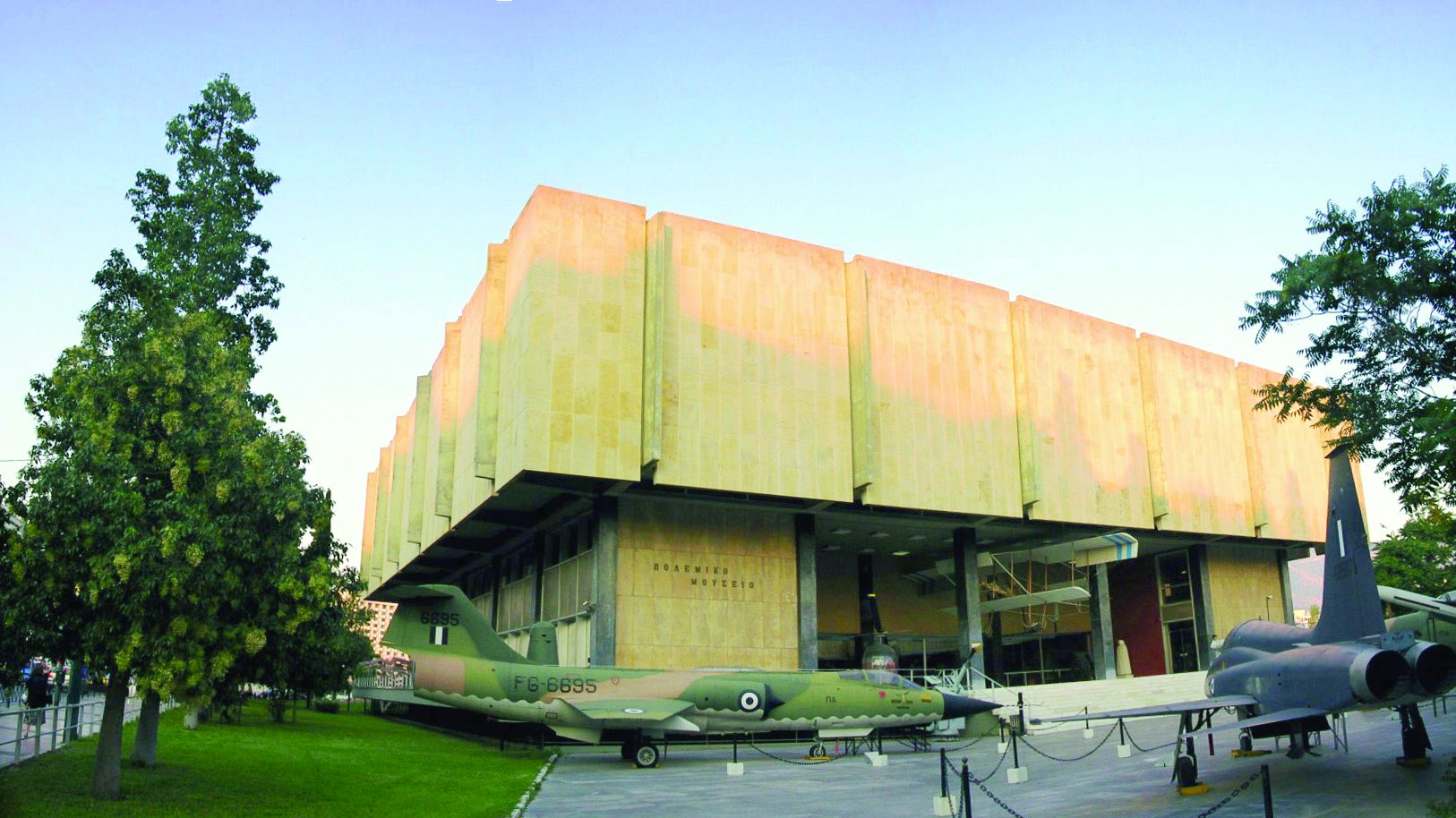
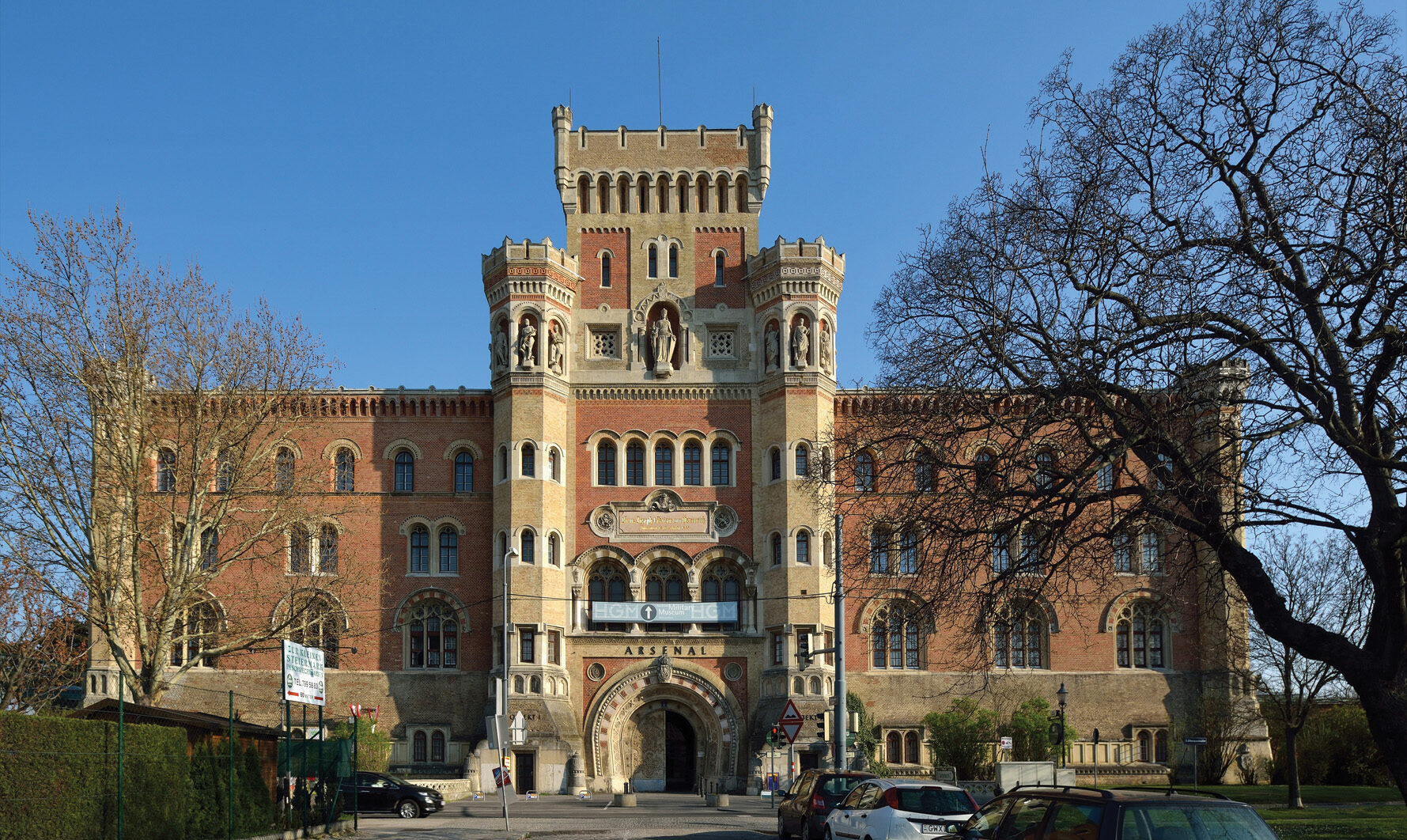
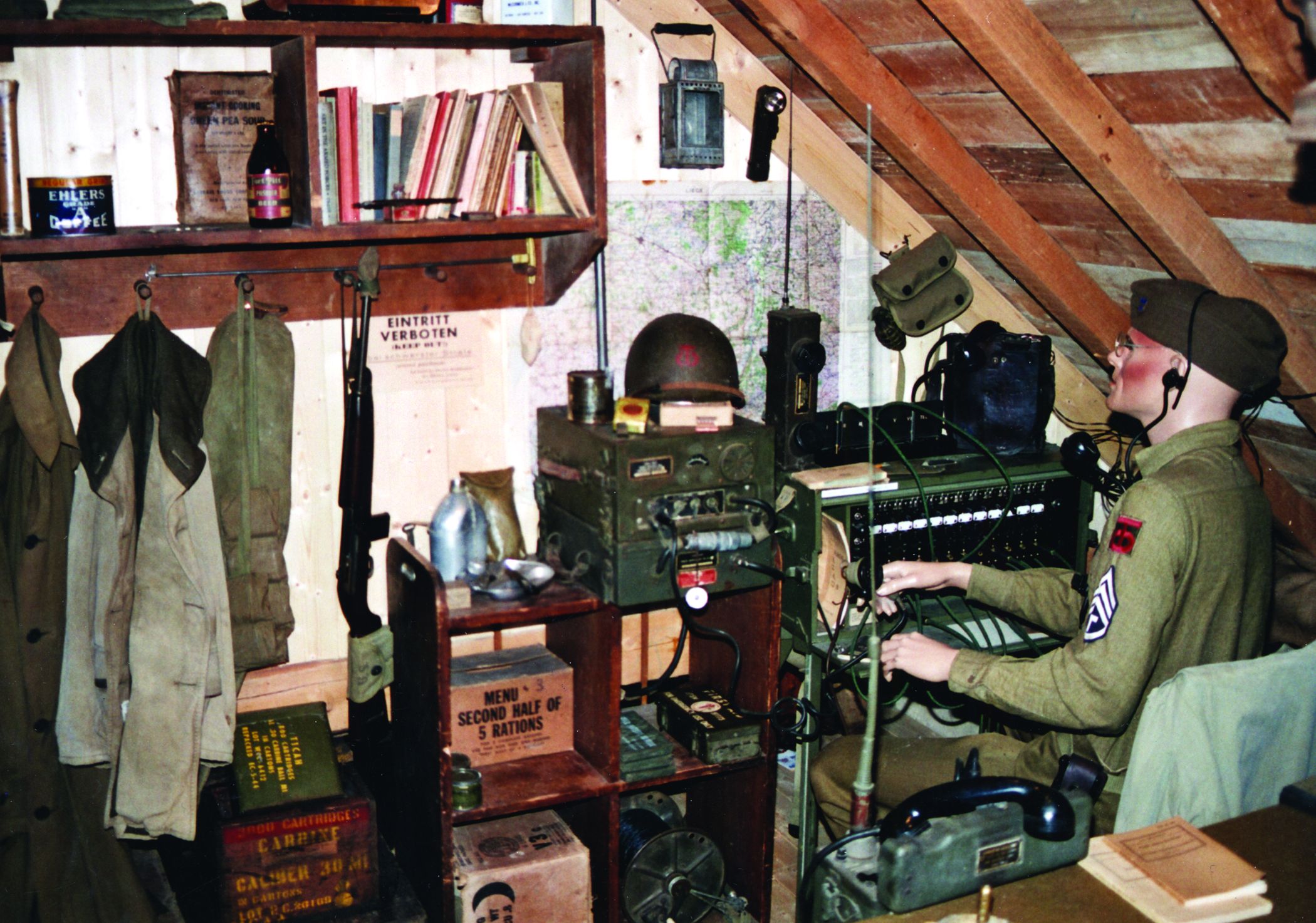
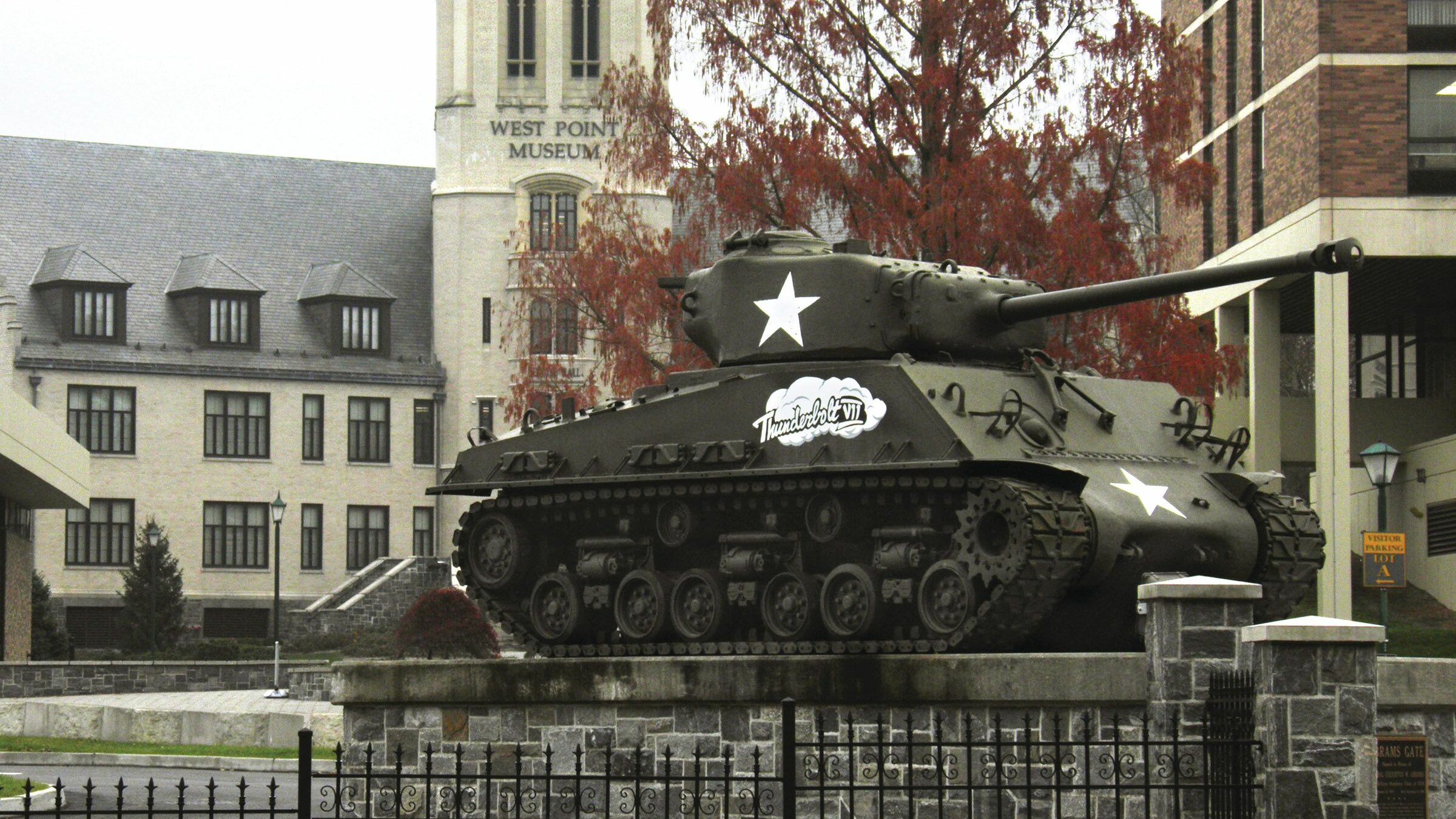
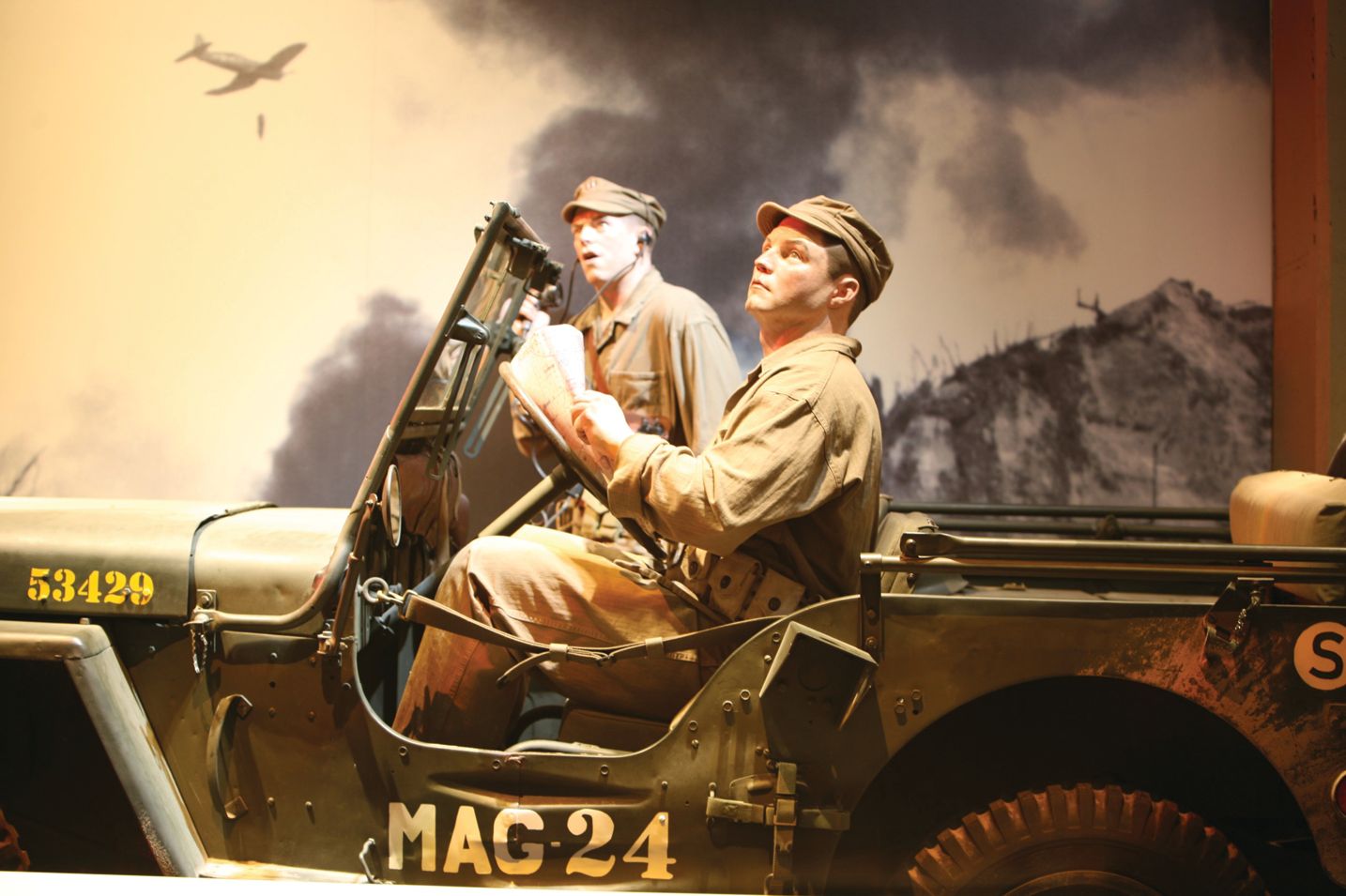
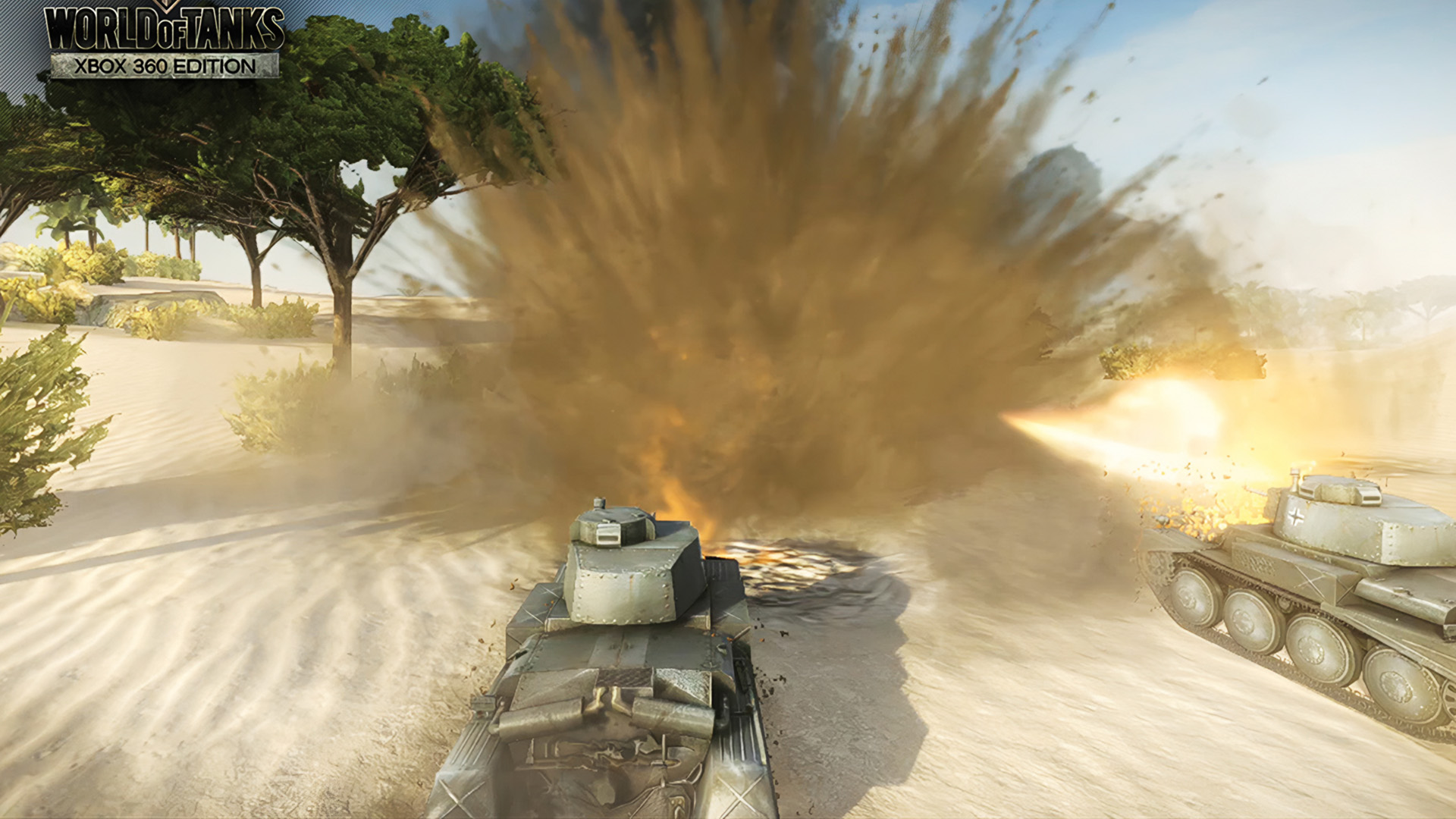

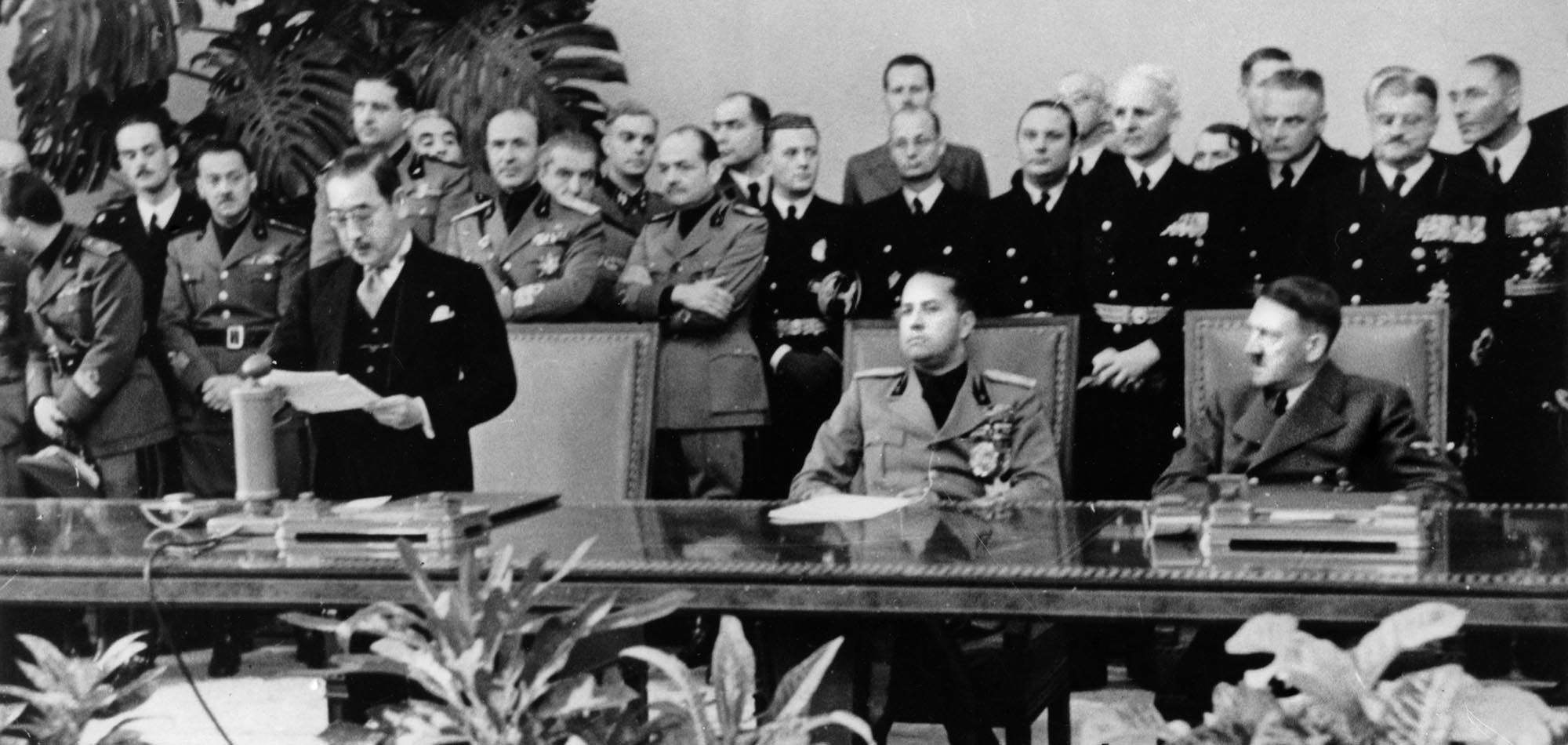
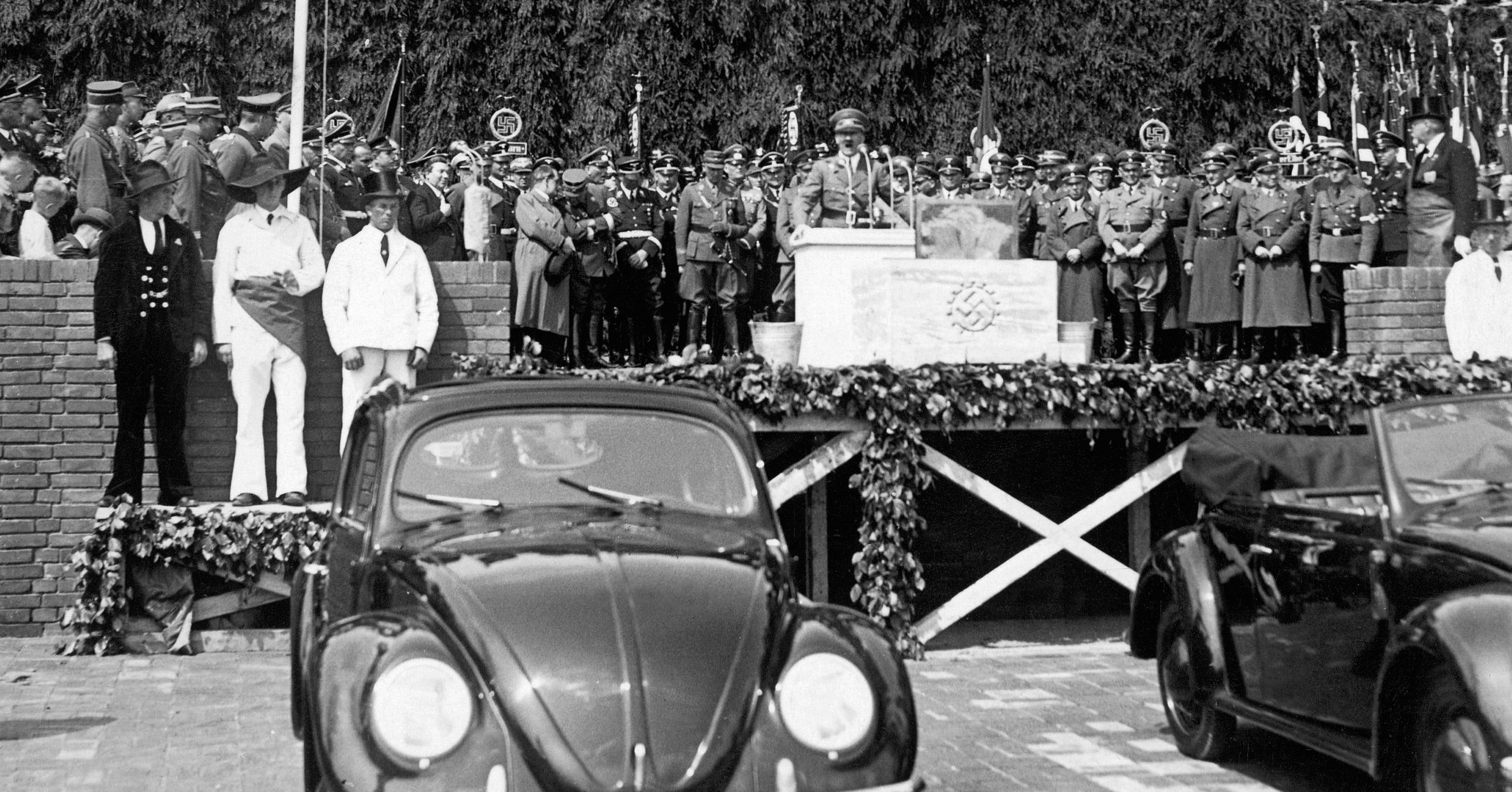
Join The Conversation
Comments
View All Comments